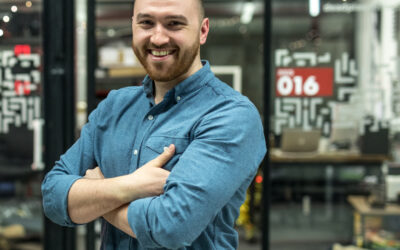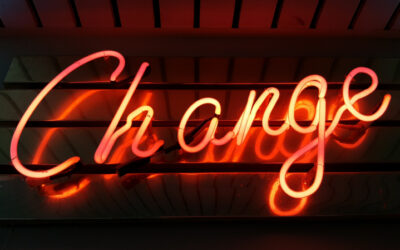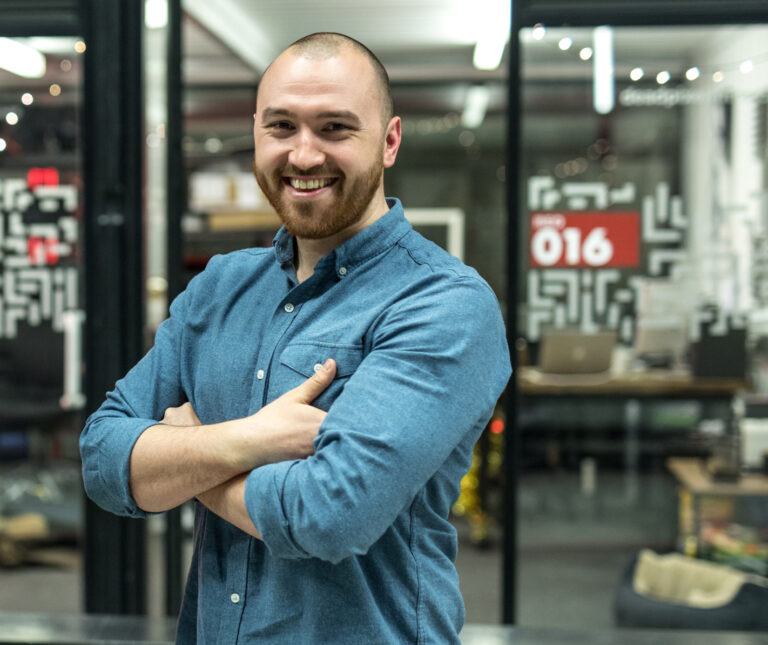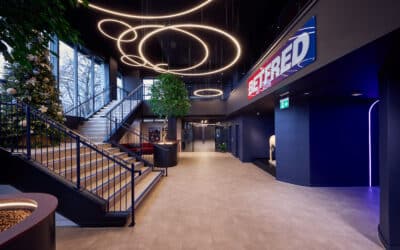The topic of money can be taboo – but without honesty, expectations and reality run the risk of clashing. Kieran Edwards, Creative Director of Dead Pixel Films, explains why openness from the start is the key to a successful outcome.
The topic of budgets is always an interesting one and discussions around money can be seen as quite taboo, which sadly can often result in a lower quality final product.
It’s why it’s crucial that budgets are discussed, agreed and set ahead of starting any project, no matter how awkward a conversation it may feel.
The wrong foot
This awkwardness around discussing money within business often sees a relationship or project start off on the wrong foot, with some seeing the conversation as a negotiation from the very start – the supplier might think the client is going to try and chip them down, or the client may think the supplier is purposely going to price their product or service at the top end of their allocated budget.
Both of these things can be true – but the majority of the time, they aren’t.
The problem with the assumption that a supplier will automatically go for the top end of a client’s budget is that it leads the client to put forward a lower amount initially, and unless both parties are up for a game of budget tennis, this limits the scale of what can be achieved and ultimately reduces the final product’s quality.
Using our video production company as an example, the cost for a production could range anywhere from £5,000 to £15,000, depending on requirements and deliverables, but the difference between a £5,000 project and a £7,000 one, for example, doesn’t necessarily mean that we as a company get more money and increase our gross profit.
It does, however, mean that the client could end up with a much better end product. Time is our commodity, and in most cases, a project of this size wouldn’t warrant more filming or editing time for that extra £2,000. If one day of filming, for example, costs £5,000 – covering DOP, Director, Stylist, cameras, lights and studio – then to add more filming wouldn’t add up.
However, that extra £2,000 could be used on models to create a more engaging piece, props, specialist equipment or other elements that increase the production value.
These are all outgoing costs for us – and more work for us to manage – but they’re all things that could push the creative and deliver a better final output.
Rarely does a higher budget make us bag more money, but it always makes better content.
Project deliverables
Budgets are also crucial when it comes to agreeing project deliverables. As a team, we rarely shoot a video now that results in us supplying just one asset at the end of it. We create commercial content for brands to utilise across social media, web and out of home advertising etc.
The days of putting everything into one ‘film’ are fading away and the days of trying to force multiple social edits out of the same video are also becoming an inefficient way to work.
We plan, shoot, direct and edit video with full knowledge of where they are going. This allows us to make informed creative decisions during the shoot which make the content more fit for purpose (as opposed to just cropping it for Instagram Stories later on).
Having a clear budget set up-front allows us to calculate what bank of assets can be supplied, which in turn changes how we approach the shoot (and the costs for that shoot).
Phased budgets
All of these deliverables may not be needed from the off – suppliers can often be flexible. We, for example, often work with phased budgets, allowing us to quote for the initial shoot and round one of post-production, with costs agreed for more assets to be edited later in the year.
This ensures the client doesn’t need to spend the full budget at once, and allows them to assess the quality and performance of the first batch of content before spending more.
Of course, we don’t expect that a client would always know exactly what a project would cost and we’re never of the opinion that they need to know the exact amount to spend before they even open up a conversation. But we’d hope they know more or less what they can afford – this is a good springboard into a wider conversation about what can be achieved within the parameters set, and what more might be achieved should the budget open up just a little more.
Budget discussion should be as open as possible from the start in order to achieve the best product. Open and honest conversations between two parties who trust each other will allow for the very best end product. Speaking about the finances involved up front allows suppliers to better understand the parameters of what they have to work within and to suggest various options, production values and deliverables, ensuring the client gets the absolute best outcome for the money they have available to spend. It’s as simple as that.










